Run Bounce: How to Improve Vertical Oscillation for Better Running Efficiency
Optimizing your running form is key to running faster, more efficiently, and with less risk of injury. One often-overlooked aspect of running form is run bounce, also known as vertical oscillation. Addressing this metric can reduce wasted energy and improve your overall performance.
What Is Run Bounce?
Run bounce, or vertical oscillation, refers to the up-and-down movement of your body while running. The more you bounce, the more energy is wasted on vertical movement rather than forward propulsion.
To illustrate the impact, consider a marathon runner completing the race in 4 hours at a cadence of 165 strides per minute. That adds up to 39,600 steps during the marathon. If each stride includes an extra inch of bounce, the runner effectively “jumps” over a quarter-mile vertically during the race, wasting significant energy.
Why Does Run Bounce Matter?
Minimizing run bounce allows you to:
- Conserve Energy: Focus on forward momentum rather than unnecessary vertical movement.
- Improve Efficiency: Achieve smoother, more fluid strides.
- Reduce Injury Risk: Decrease the impact on joints and muscles caused by excessive bouncing.
How to Measure Vertical Oscillation
Technology makes measuring run bounce easier than ever. Devices such as Garmin wearables, Stryd, and Coros pods track vertical oscillation, cadence, and stride length metrics.
For example, Garmin measures your torso’s vertical movement (in centimeters) during each stride and calculates a vertical oscillation ratio:
- Vertical Oscillation Ratio = Vertical Oscillation ÷ Stride Length
A lower ratio means less energy wasted on bounce and more efficient forward movement.
How to Reduce Run Bounce
- Increase Your Cadence: A higher cadence naturally reduces vertical oscillation. Start by calculating your current cadence and gradually increase it by 5–10% over time to avoid injury.
- Adjust Your Posture: Lean slightly forward from your ankles, maintaining a straight line through your knees, hips, back, and head. Avoid standing too upright, which can increase bounce.
- Practice Uphill Running: Running uphill encourages forward lean and shorter strides, which can help reduce bounce.
- Use Visual Cues: The Egg: Imagine balancing an egg on your head and preventing it from falling. This engages your core and minimizes excess movement.
- Low Ceiling: Pretend you’re running under a low ceiling to reduce unnecessary upward movement.
Consistency Is Key
Improving vertical oscillation requires patience and practice. Focus on gradual adjustments, incorporating drills and feedback into your routine. Over time, you’ll develop a more efficient stride and run faster with less effort.
Your Running Transformation Starts Here
At Sunrise Running Company, we offer comprehensive support to help you reach your running potential. Our training plans are tailored to your experience level and goals, whether you’re training for a 5K or an ultramarathon. Delivered via Final Surge, our plans sync seamlessly with your devices, send workout reminders, and provide detailed performance analysis.
In addition to our training plans, we offer personalized running form sessions to help you refine your technique, reduce injury risk, and improve efficiency. These sessions are designed to identify areas of improvement in your running form and provide actionable feedback to enhance your performance. Learn more and sign up for an upcoming running form session in Modesto, CA.
You can achieve your goals and become a more efficient runner with the right tools and guidance. Get started with us today!










